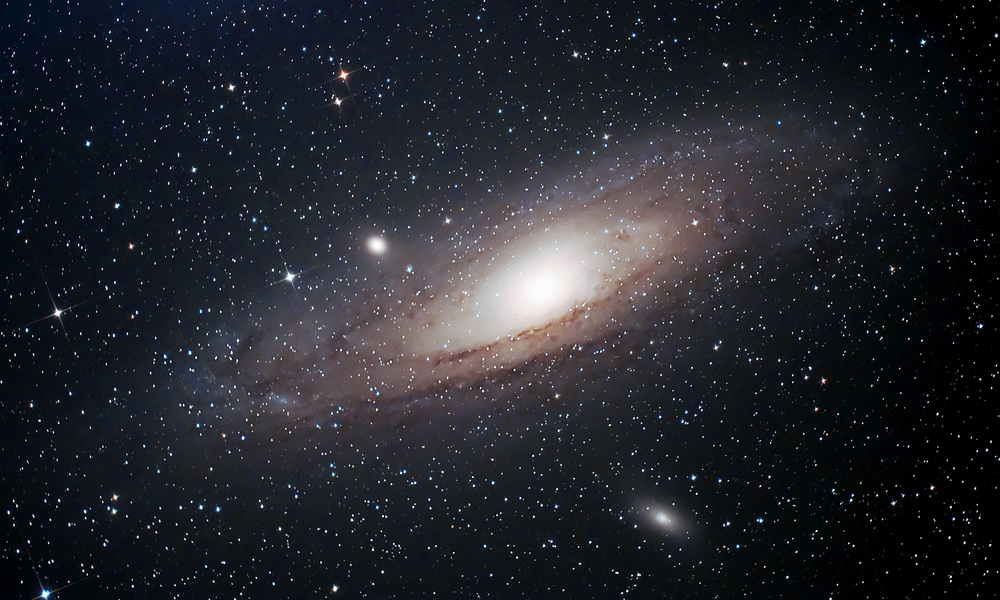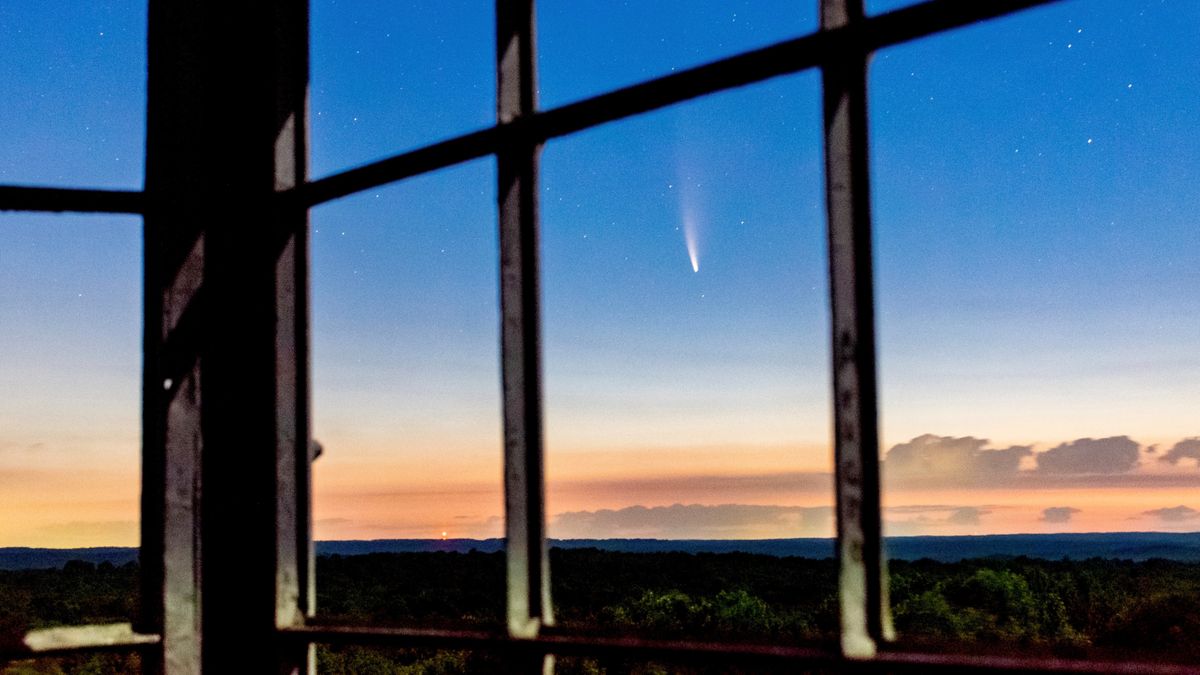The House subcommittee on National Security, the Border, and Foreign Affairs met in July 2023 to discuss affairs so foreign that they may not even be of this world. During the meeting, several military officers testified that unidentified anomalous phenomena – the government’s name for UFOs – pose a threat to national security.
Their testimony may have raised eyebrows in the chamber, but there’s still no public physical evidence of extraterrestrial life. In fact, most UFO sightings have earthly explanations, from tricks of the light to weather balloons.
Whether or not these testimonials hold any grains of truth, some scholars argue that simply by listening for signs of extraterrestrials, we’re already engaging in the first phase of contact with alien life.
These four articles from our archives dive into what went down during the subcommittee hearing, why perceived UFO sightings usually have human explanations, and how humanity can learn from history when it comes to engaging with extraterrestrials.
1. Whistleblower allegations
The most interesting testimony of the July 26 subcommittee hearing came from ex-Air Force Intelligence Officer David Grusch, who claimed that the U.S. has nonhuman biological material recovered from a UFO crash site. The Pentagon has denied this claim, and it has denied the existence of any program designed to retrieve and reverse-engineer crashed UFOs.
All witnesses at the hearing advocated for more government transparency around reports of UFOs. Intelligence agencies and the Pentagon currently steward this data, most of which is not public. While having access to more data may help understand what’s going on, as the University of Arizona’s Chris Impey put it, “the gold standard is physical evidence.”
2. Sociological explanations
Again, while no physical evidence has been made public, anyone surfing the internet can see plenty of alleged UFO videos, photos and stories. Barry Markovsky, from the University of South Carolina, is a sociologist of shared beliefs and misconceptions who explained why UFOs seem to captivate the public every few years.
People want explanations for ambiguous situations, and they’re easily influenced by others. Social media enables a concept called bottom-up social diffusion. Say one user posts a blurry video claiming it depicts a UFO. It’s easy for that user’s network to see and repost the video and so on, until it goes viral. Then, when organized institutions like news outlets or government sources publish UFO-related information, that’s called top-down social diffusion.
The left image shows bottom-up diffusion, in which information spreads from person to person. The right shows top-down diffusion, in which information spreads from one authority. Barry Markovsky
“Diffusion processes can combine into self-reinforcing loops. Mass media spreads UFO content and piques worldwide interest in UFOs. More people aim their cameras at the skies, creating more opportunities to capture and share odd-looking content,” Markovsky wrote. “Poorly documented UFO pics and videos spread on social media, leading media outlets to grab and republish the most intriguing. Whistleblowers emerge periodically, fanning the flames with claims of secret evidence.”
3. Signature detection
While UFOs might have traction on social media, it’s likely that the first trace of extraterrestrial life won’t come from a crashed alien spaceship. Instead, scientists could potentially pick up signals like radio waves or pollution from some distant galaxy that might indicate extraterrestrial technology.
The Search for Extraterrestrial Intelligence is a group of scientists all working on the search for extraterrestrial life. Part of what they do is listen for these “technosignatures”.
As two astronomers who work on the Search for Extraterrestrial Intelligence, Penn State’s Macy Huston and Jason Wright wrote about how humans often unintentionally broadcast signals like radio waves into space. In theory, extraterrestrial civilizations could be doing the same thing – and if scientists can pick up on these signals, they might have their first hints at alien life.
“However, this approach assumes that extraterrestrial civilizations want to communicate with other technologically advanced life,” Huston and Wright explained. “Humans very rarely send targeted signals into space, and some scholars argue that intelligent species may purposefully avoid broadcasting out their locations. This search for signals that no one may be sending is called the SETI Paradox.”
4. Ethical considerations
While the Search for Extraterrestrial Intelligence hasn’t yet detected any extraterrestrial technosignatures, a working group of interdisciplinary scholars in Indigenous studies argued that the act of listening for these signals may already count as engaging in first contact with extraterrestrial life.
The Indigenous studies working group argued that first contact may not be just one event – rather, you can think of it as a long phase that begins with listening and planning. Listening can be an act of surveillance, and with that comes ethical considerations.
But research groups like the Search for Extraterrestrial Intelligence don’t often include perspectives from the humanities, even though there are many histories of first contact between groups of people here on Earth to draw from.
James Cook’s 1768 voyage to Oceania, for example, was planned as scientific exploration. But its legacy of genocide still affects the Indigenous people of Australia and New Zealand today.
“The initial domino of a public ET message, or recovered bodies or ships, could initiate cascading events, including military actions, corporate resource mining and perhaps even geopolitical reorganizing,” wrote David Shorter, William Lempert and Kim Tallbear. “No one can know for sure how engagement with extraterrestrials would go, though it’s better to consider cautionary tales from Earth’s own history sooner rather than later.”
Mary Magnuson is the Assistant Science Editor for The Conversation. This article is republished from The Conversation under a Creative Commons license. Read the original article.














